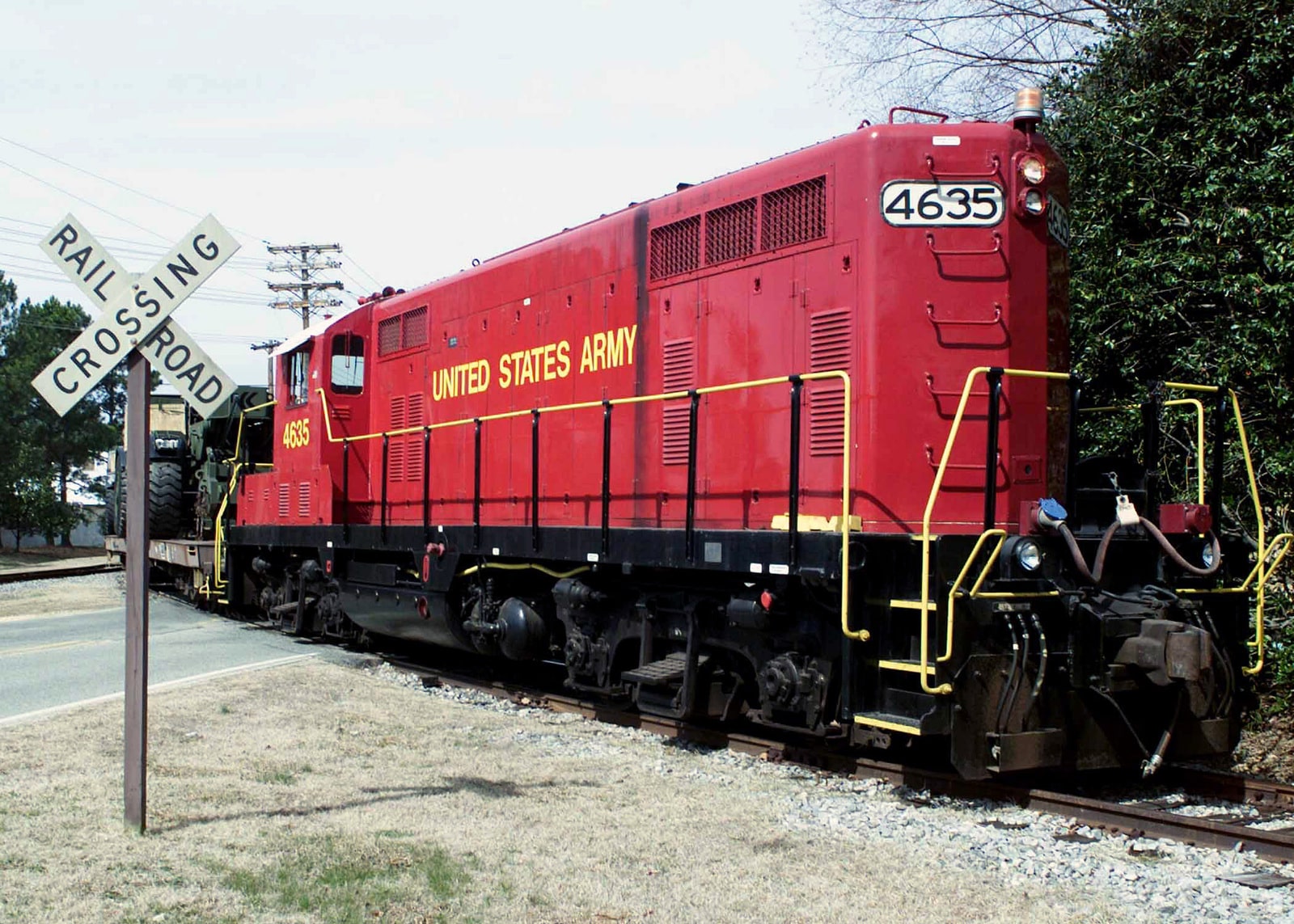Earlier this month, a Norfolk Southern freight train derailed in East Palestine, Ohio, causing a large fire, releasing hazardous materials, and prompting emergency crews to conduct a controlled release and burn of toxic vinyl chloride. Fortunately, no lives were lost, but up to two thousand nearby residents were evacuated from their homes for nearly a week, and there are still concerns about pollution. Sober analysis is rarely welcomed after an accident like this. We believe it is worthwhile, however, to illuminate some journalistic errors and place the derailment in the context of increasing freight rail safety.
Understandably, the first reaction after this sort of event is often to ask whether it could have been prevented. Many journalists immediately focused on the fact that the Obama administration created a rule requiring that trains with a certain number of cars carrying flammable hazardous chemicals use technologically advanced electronically controlled pneumatic (ECP) brakes, which are able to stop a train more quickly. The Trump administration rolled back the rule after an updated cost‐benefit analysis found that it was not cost‐effective.
Some experts argue that this accident might have been avoided had the train utilized ECP brakes. While this has allowed journalists to blame the accident on the Trump administration’s repeal of (and the rail industry’s lobbying against) the rule, many articles have omitted or buried the fact that the regulation would not have applied to the train that derailed in East Palestine because it didn’t have enough cars carrying flammable hazardous materials to meet the rule’s minimum threshold. Widespread proliferation of the misleading association between the Obama ECP brake rule and the East Palestine derailment led Jennifer Homendy, chair of the National Transportation Safety Board, to ask that people stop spreading the misinformation in a Twitter thread.
Of course, this has not stopped journalists from continuing to connect the East Palestine derailment to the repeal of the rule. And other articles have related the derailment to additional proposed regulations and safety questions that it likely has:
- no bearing on (such as a proposed rule to require that freight trains have two‐person crews, even though the East Palestine train had a two‐person crew (plus a trainee) on board without the regulation),
- only a tenuous link to (such as a suggestion that the Department of Transportation require rail companies to deploy heat sensors to detect overheated bearings even though such detectors, albeit with temperature thresholds and spacing set by the railroad, were in use in East Palestine),
- or a connection that is currently inconclusive (such as allegations that railroads’ reliance on precision scheduled railroading, business practices that cut operating costs through measures like more efficient scheduling and increased train length, has made freight transportation more dangerous).
The East Palestine derailment might justify some change to rail safety regulation, but articles frequently discuss only the proposed changes and not the costs of implementing such changes (made worse by Homendy’s pronouncement that the accident was “100 percent preventable” also without regard to any costs). Any new rules should pass a cost‐benefit test, especially considering the drastic decline in rail derailments over the past four decades. Journalists have generally focused on the gut reaction of calling for more regulation without paying proper attention to this improvement in rail safety.
One especially egregious example is this recent New York Times opinion article, in which the authors claim the East Palestine derailment, “was proof of just how dangerous America’s rail industry has become. The number of derailments has declined since the 1970s, but the United States still has over 1,000 derailments every year. And over the last seven years, the costs from derailments of trains carrying hazardous materials increased.”
The article goes on to present data on the number of train cars derailed each year and the number of cars carrying hazardous materials (hazmat) on trains that derailed. We’ve recreated those charts here in figures 1 and 2 using accident data from the Federal Railroad Administration (FRA).1The data are current through November 2022 so the final numbers for 2022 might be slightly higher.
At first glance, the charts in the Times article seem to support their point: The number of train cars that derailed is down but the number of cars with hazardous materials on derailed trains is up! But the trick here is that the two charts are not comparing the same thing. The first chart is the total number of freight cars that actually derailed. The second chart is the total number of cars carrying hazardous materials on trains that derailed. In other words, taking the East Palestine derailment as an example, out of 151 total cars on the train only the 51 freight cars that derailed would be included in the first chart. But the second chart would include all the cars carrying hazardous materials on the train, including both the 11 hazmat cars that derailed and the 9 other hazmat cars that didn’t derail.
Why is this important? Train length and composition have changed over time, and trains are longer and are carrying more hazardous materials. Using the number of hazmat cars on trains that derailed, as the Times’ second chart does, measures those length and compositional changes and so it doesn’t actually tell us anything about the overall change in safety. It is more appropriate to compare the number of cars that actually derailed to the number of hazmat cars that actually derailed.
When you compare these two measures you get a different picture. As shown in figure 3, the number of hazmat cars that derailed has in fact declined substantially since the FRA began collecting data in 1975. The level of the change is not nearly as high as it has been for the total number of cars derailed (again, because of the larger proportion of cars carrying hazardous materials) but the number of hazmat cars derailed in 2021 (the most recent full year of data) is still down by more than half since its peak in 1978 and almost 40 percent since a recent spike in 2007.
Furthermore, the actual point of interest is not whether hazmat cars derail but whether they release any toxic materials. The same FRA data includes the number of cars that released hazardous materials and, as presented in figure 4, this metric has decreased on a similar scale to the overall decline in derailed train cars. At the peak in 1978, 205 cars in derailments released hazardous materials, whereas in 2021 only 22 cars did. It is likely that the improvement here is in part a result of safer and better‐designed tank cars being used to transport hazardous materials.
And the use of absolute levels of car derailments obscures the real magnitude of the improvement in rail safety. According to the Bureau of Transportation Statistics, the total ton‐miles of freight (i.e., the total amount of freight transported in tons times the total distance it was transported in miles) of the largest U.S. railroads increased from roughly 932 billion in 1980 to 1,440 billion in 2020. Thus, the large decrease in the absolute number of derailments occurred even as freight rail volume grew by nearly 55 percent.
Figures 5 and 6 show the decline in the number of cars derailed and cars that released hazardous materials per billion ton‐miles of freight, respectively. The number of cars derailed fell from nearly 26 per billion ton‐miles in 1980 to roughly 2 in 2020 and the number of cars in derailments that released hazardous materials fell from 0.17 per billion ton‐miles in 1980 to 0.017 in 2020.2The FRA’s data on accidents includes incidents from all railroads, not just the seven largest (Class I) railroads. The Bureau of Transportation Statistics data is the ton‐miles of freight for only the Class I railroads. Class I railroads are estimated to account for about 70 percent of total rail ton‐miles of freight. Thus, the estimates likely overstate the actual rate of derailments per ton‐mile. Hence, both metrics improved by more than an order of magnitude over the past four decades.
We do not suggest that there aren’t important lessons to be learned by railroads and regulators from the East Palestine derailment. But before any recommendations are made on how the incident should change the way we regulate freight rail, we should be sure that the derailment characteristics actually support those conclusions.
This article was originally featured at the Cato Institute and is republished with permission.































